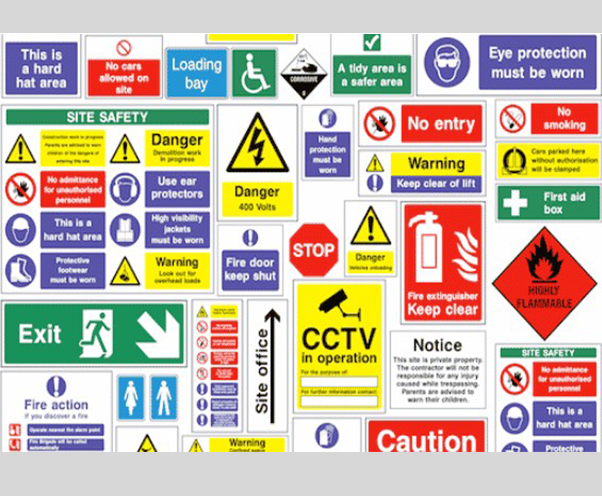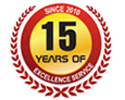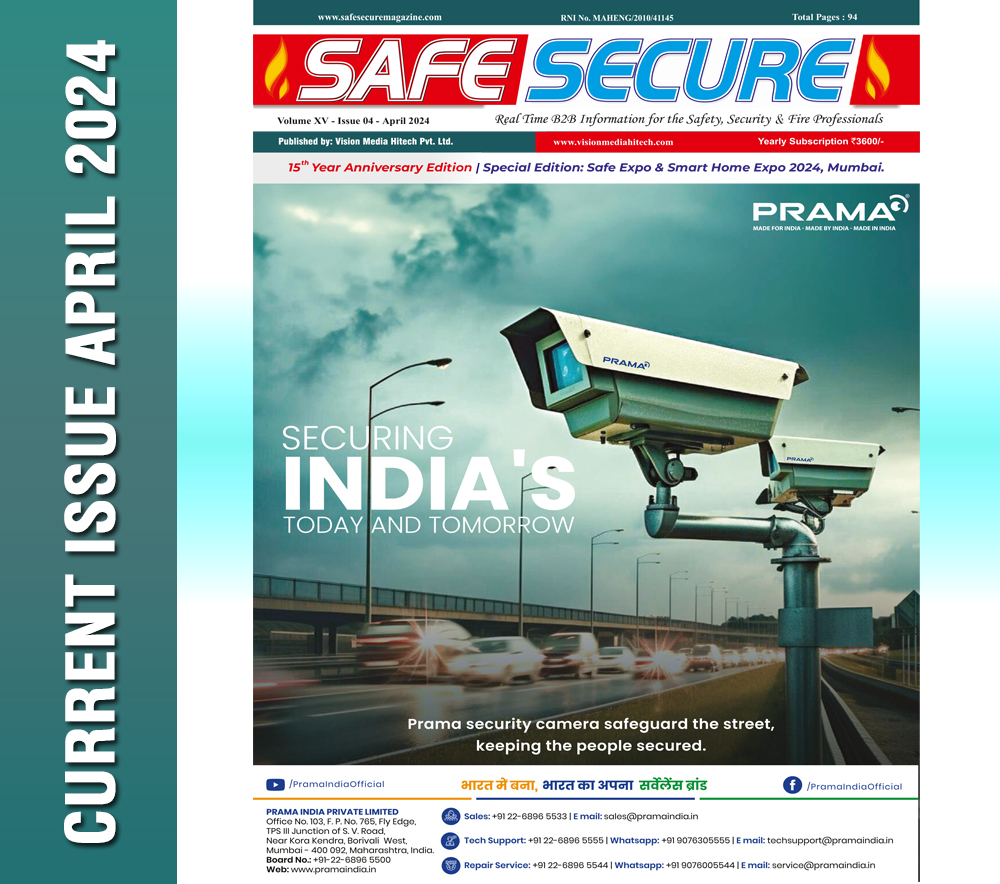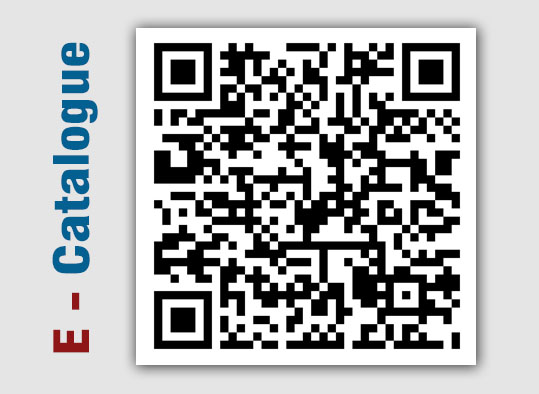Why good safety means knowing how to read the signs

Learn how to maximise the effectiveness of safety signage by reinforcing worker knowledge.
Knowledge is power. I am sure that many of you reading this article today have heard of this saying before. Knowledge can be gained in many different ways, and sometimes this knowledge can be forgotten or misremembered. Whether we want to be provided with it, or reminded of it, there are many ways to gain the knowledge we seek.
Training and education, meetings, diary reminders, sticky notes, webinars, conferences, the list of ways we can gain, and be reminded of knowledge, is endless. One good way to do this is the use of safety signs. We see signs all of the time in our everyday lives, both at work and elsewhere. They can tell us a myriad of important things, which again, we might otherwise have not known, or had forgotten. So how can safety signage help to keep our organisations and everyone within them safe from harm?
When compared to other safety related equipment, safety signs are a relatively simple and easy way to communicate important safety knowledge and topics, not just to our own employees and contractor workforce, but to everyone on and around our sites who might need to know the information that safety signs can provide. Let us take a look at three examples:
Scenario 1
A visitor comes to our site in their own vehicle, and as it is their very first visit to the site, they are not sure where they have to park their vehicle. Thankfully there are several signs showing directions and a speed limit, which helps them locate and safely get to the appropriate parking area.
Scenario 2
Some contract workers approach an area of our site, unsure as to whether or not they require certain equipment and PPE (Personal Protective Equipment). Signs at the entrance to that particular area, posted on the fence, give them a good reminder of the mandatory requirement for the use of hard hats, boots and coveralls when in that area. Having seen this, one of the contract workers returns to their company vehicle, realising that they have accidentally left their hard hat behind.
Scenario 3
A colleague witnesses another colleague being injured, and wishes to administer first-aid. A sign helps alert them to the location of the nearest first-aid kit which is only 10 feet away, so they can access it without delay and assist their colleague with their injury.
“safety signs are a relatively simple and easy way to communicate important safety knowledge”
It is important to note that whilst these three scenarios show how effective the correct use of safety signs can be, like any form of communication, there are potential flaws and issues that can drastically affect the desired outcome. This can result in people not receiving the message at all, or receiving the wrong message. So how exactly do safety signs play their role in the overall picture of safety in our organisations?
Seeing it clearly
In our article today, we have already given three examples showing benefits that safety signs can bring, so let us discuss some more of those benefits now. One of these benefits is that safety signs (usually) contain very few, if any, words. This helps to prevent the reader from becoming overloaded and confused by trying to process too much information all at once. Instead, the information is presented in a pictorial or numerical format, which anyone can understand.
Remember that the whole point of signs is that they are designed to be a reminder that quickly triggers the required knowledge tucked away in the user’s brain, prompting them to take action. They should not be a “copy and paste” of more detailed subject matter that you would see in your organisation’s procedures and policies, which might take a long time to read and understand. The pictorial and/or numerical format also helps to greatly reduce the chances of any misunderstandings due to language barriers.
A good example of avoiding this issue can be highlighted during the time that I worked in the Middle East. As well as working at my own organisation’s locations, I often also had to travel to our client’s/customer’s locations to deliver training and assessment. On one particular occasion I remember that I visited a construction site, where there were thousands of people, consisting of well over fifteen different nationalities, all working together. Despite this concoction of different cultures, languages and so on, everyone at that location understood the areas that they could or could not go into, the equipment that they needed, and so on, as the safety signage provided was very clear and easy to understand.
The psychology of colour
Safety signs can also be different shapes and colours. This in itself can be the only information people need, to understand what to do. There may be some slight variations, but you may well see:
Blue – These signs usually indicate something that is “mandatory” (which means “must be done”). This is usually (but not always) with no exceptions, meaning that everyone has to follow what the sign is asking them to do.
Green – These signs are often used to indicate a “safe condition” such as an assembly point, emergency shower, or as we previously discussed, the location of first-aid kits.
Yellow – These signs are often used to offer us warnings and cautions about particular dangers, such as to be aware of the presence of electricity, or moving forklift trucks. Red – These signs often show us things that are “prohibited” (which means we are NOT allowed to do them under any circumstances, again, usually with no exceptions). Examples of these could be “No Smoking” and “No U-Turns Allowed”. These red signs also often have a solid line striking through the pictogram, again, highlighting the point that the thing/activity/etc. is not allowed. “the whole point of signs is that they are designed to be a reminder”
I ask you, the reader, to please be careful with the information listed above, as it is only relevant to safety signage. Some countries and jurisdictions have similar colours and designs of signs but for totally different purposes, such as showing tourism locations, and highway/motorway/roadway directions.
The real cost of safety
Safety signs are also often relatively cheap to produce, purchase and use, when compared to other safety equipment and initiatives. This is because the only real cost of signs is the upfront purchase of them. Unlike a safety officer/advisor, they do not need a salary, breaks, annual leave and so on. This also gives the benefit of the signs always being there (a “sleeping” safety officer, if you will – much like a speed bump can be referred to as a “sleeping policeman”).
It is very important that you note that I am not saying you should fire your safety team or stop doing other safety related requirements, please do not take my words out of context. Whilst I have given many benefits of signs so far, like anything else, they also do have their flaws and weaknesses which we must be aware of to make effective use of them.
For our first weakness, we will discuss the most problematic, and that is the fact that signs can very easily be ignored. Imagine you are in your vehicle on the public roads. A driver is rapidly passing you on a highway/motorway. This might not be because they do not know or understand the speed limit signs that are posted, it may simply be that they do not care what they say. Why would this be the case? Well, let us take a small detour and take a look at a tool that we often use in safety, called the Hierarchy of Controls.
Consideration for controls
The Hierarchy of Controls “is a list of controls, in order of effectiveness”. It allows us to try and choose the most effective control measures for specific hazards and issues, rather than just reaching for PPE all of the time. The Hierarchy is as follows:
Eliminate – Remove the hazard altogether (e.g. conduct an online meeting, rather than driving to the location)
Substitute – Swap something harmful for something less harmful (e.g. replace lead-based paint, with solvent-based paint)
Engineering – Make use of equipment, barriers, shut-down systems etc for protection
Administration – Use Paper Based controls (e.g Permit-To-Work, Procedures, Training, etc.)
Personal Protective Equipment – Wearable equipment designed to reduce injury to an individual i.e hard hats to protect the wearer’s head.
Elimination, which as you can see is at the very top of the Hierarchy, is the most effective way of dealing with hazards. Whereas relying solely on PPE, which is at the very bottom of the Hierarchy, is the least effective.
The human factors at hand
Coming back to our topic in today’s article, safety signs would be classed as an administrative control, so the fourth choice on the Hierarchy, just above PPE. This is an issue because all administrative controls suffer from a major weakness that can be tricky to combat… people.
We can control nearly everything in our organisation without too much issue, except for people. I do not want to deviate into behaviour-based safety today, however, I feel the point is still important.
So why am I mentioning this at all? Well, as another example, we might spend several weeks writing a very comprehensive and detailed procedure on working on a rooftop. This procedure contains absolutely every piece of information that we need, in order to work safely for that particular task. However, if the persons who are about to do this work read the procedure and decide to totally ignore what it says (for whatever reasons they may have), then the procedure simply becomes ink on some paper which has no meaning. The same can be said for safety signs. If people decide to ignore them, then they will have no effectiveness at all. Educating people about safety signs, what they mean, what is required if they are present etc. is a useful tool to try and help limit this problem.
Keep up-to-date
Safety signs can also suffer from wear and tear overtime, and indeed they can be damaged through impact from vehicles bending or breaking them, or knocking them over; exposure to extremes of weather such as strong winds and damage from UV Rays over time; and so on.
Another important note is the fact that safety signs, just like any other source of information, also need to be updated on a fairly regular basis. This is due to the fact that, like it or not, our world is one that is constantly adapting and changing. Mistakes can very easily be made by people if an outdated sign tells them to do the wrong thing, or they end up making an omission (which means not doing something, when they should actually do something). Another issue that could easily occur if signs are not changed regularly, is that our colleagues can also become complacent around them. This is because they get used to seeing them over and over again, so with the way our brain compartmentalises and prioritises information, the signs get ignored, either for seemingly “more important” information, or the fact that the information they provide is not deemed important at all. Ultimately, this means that the people seeing the signs, do not take the required action or actions necessary.
“safety signs, just like any other source of information, also need to be updated on a fairly regular basis”
Safety signs can also be stolen or vandalised, meaning we need to again, repair and/or replace them. Safety signs can also often be repositioned without someone’s knowledge or permission, now providing irrelevant information somewhere where it is not needed, or removing relevant information from somewhere where it is needed.
Again, all of these issues that we have just discussed must be taken seriously when considering the effective use of safety signage, as if one or more of these things do occur, then ultimately people cannot prepare themselves to avoid danger, as they do not know it is coming/present.
Assess the risk
So now that we have analysed many of the positive and negative factors around safety signs, how do we know exactly what safety signs are appropriate for our particular organisations? The easy thing to do is like anything else in safety, start with a risk assessment, of course.
Identify the hazards in your workplace: Where are they on site? Who can they harm? How can harm be caused to them? Then take a look at what you already have in place to deal with those hazards, in the form of your current control measures (things you already have in place).
Once you have all of this information to hand, then you will have a much better idea of what safety signage is required, where it needs to be, how much of it you need, the messages and information it needs to convey, and so on. You can always tie this information together with the legal requirements found within your country or jurisdiction, as well as any specific contractual or industrial requirements.
It is also well worth considering getting suppliers and producers of safety equipment, as well as consultants and experts, involved in the process. They may have specific knowledge, products, services and recommendations which are a perfect fit for your exact requirements. Maybe you could also “benchmark” yourself against your competitors and other similar organisations. What are they doing and why? Is it working well for them? Why are you not doing the same?
To conclude our article today, safety signs, just like any other aspect of safety, are only a piece of the puzzle to a safe, happy and prosperous business. Does this sound like your organisation? Well, there’s one way to find out… “look at the signs!”












